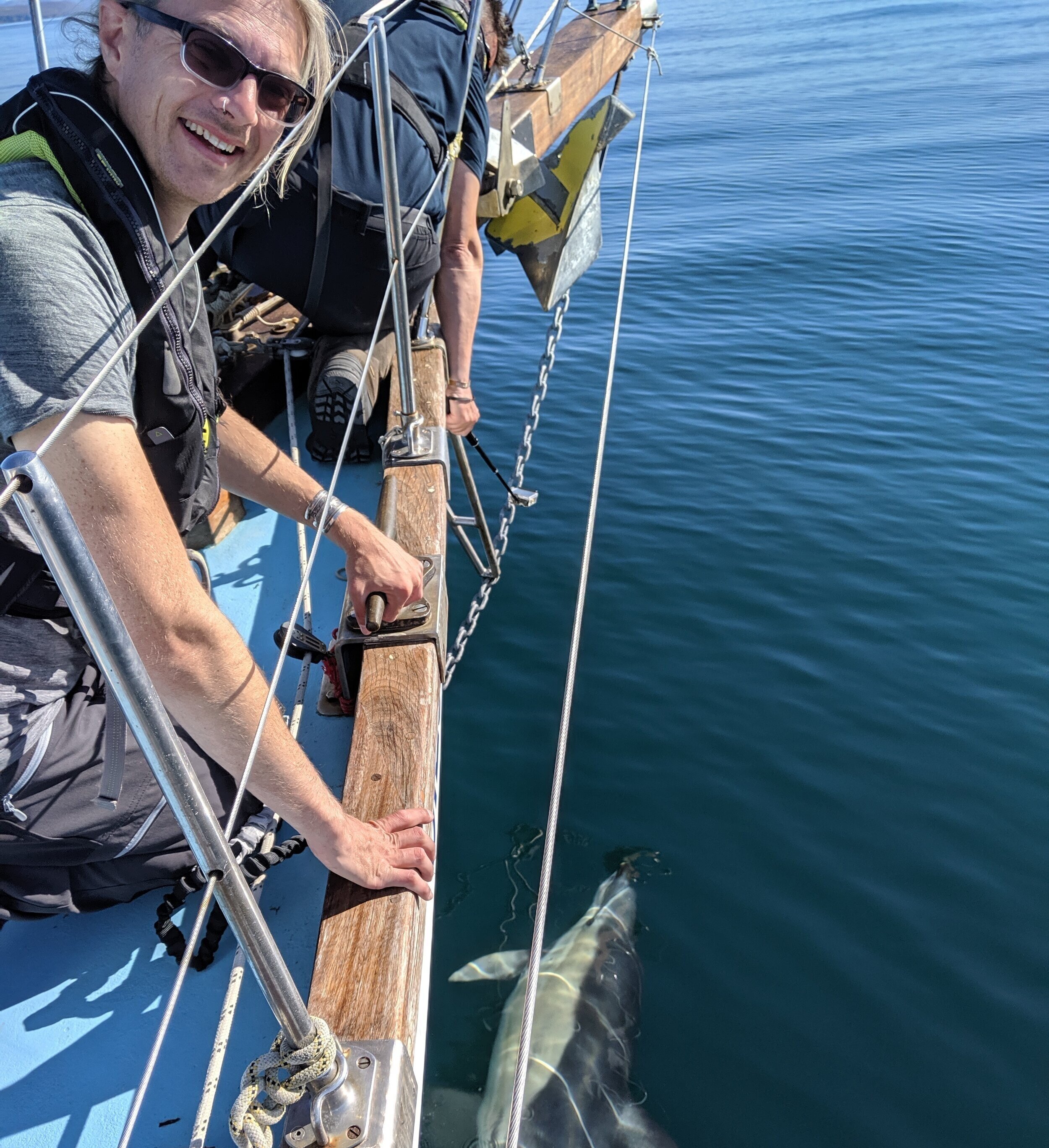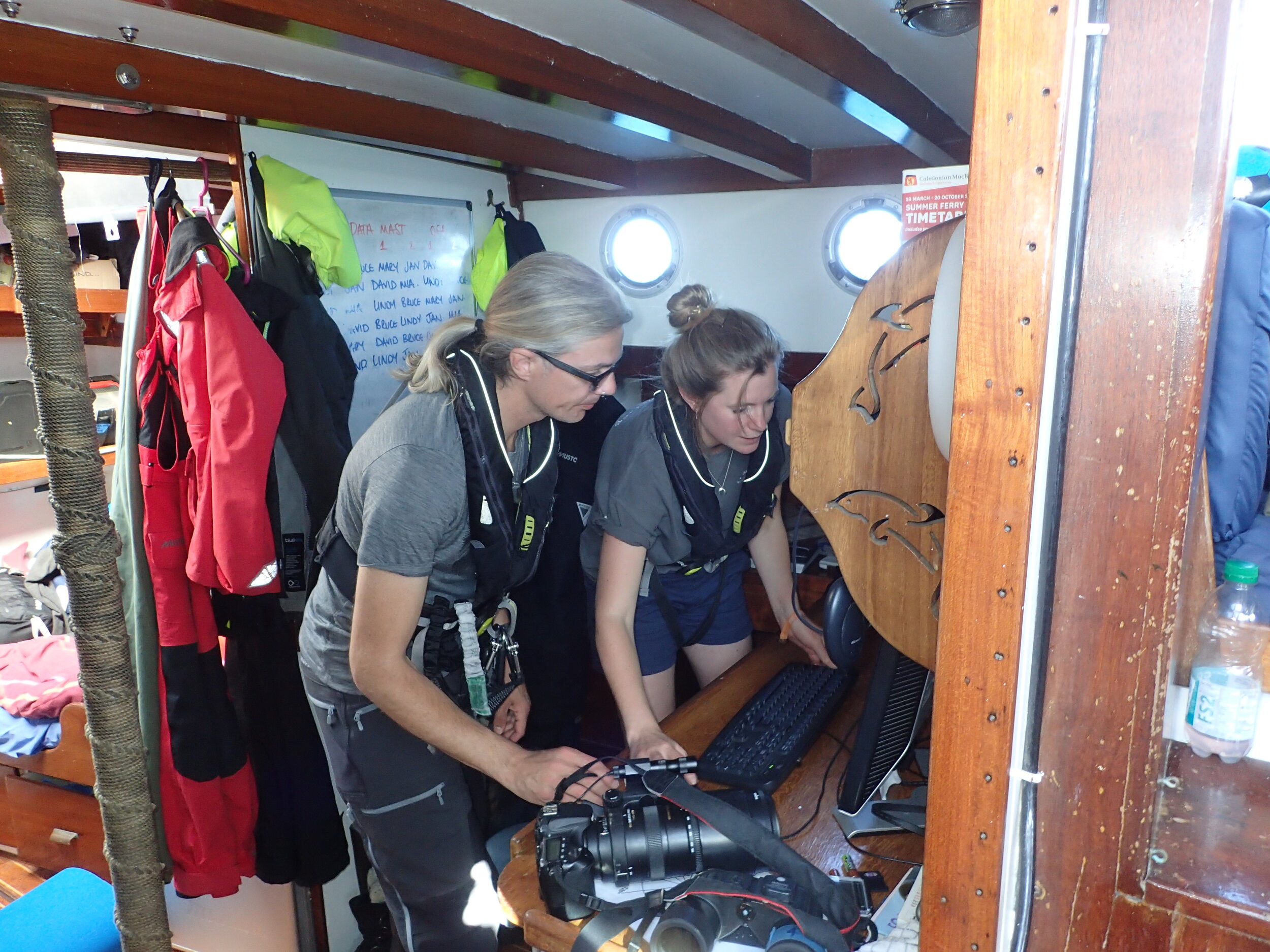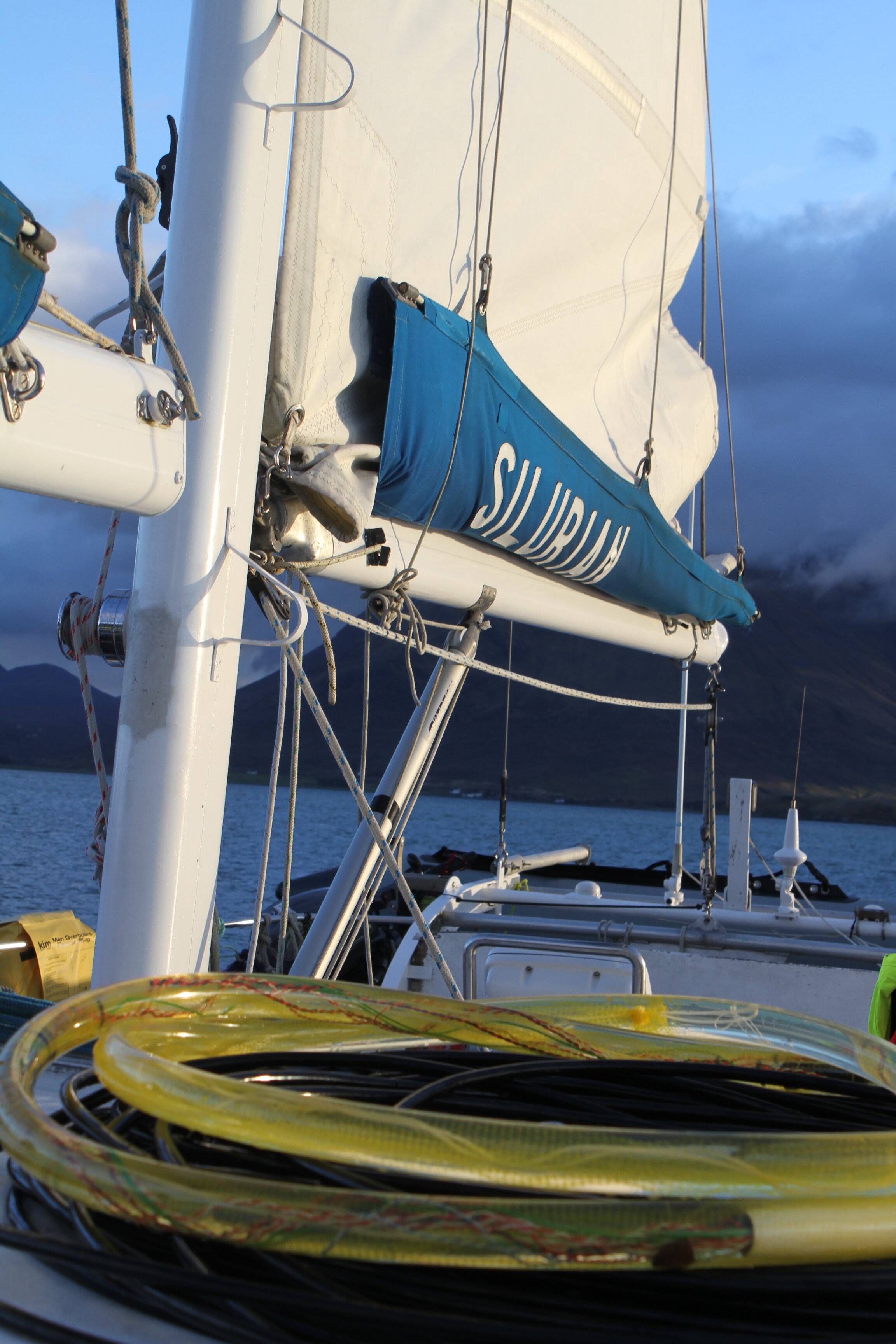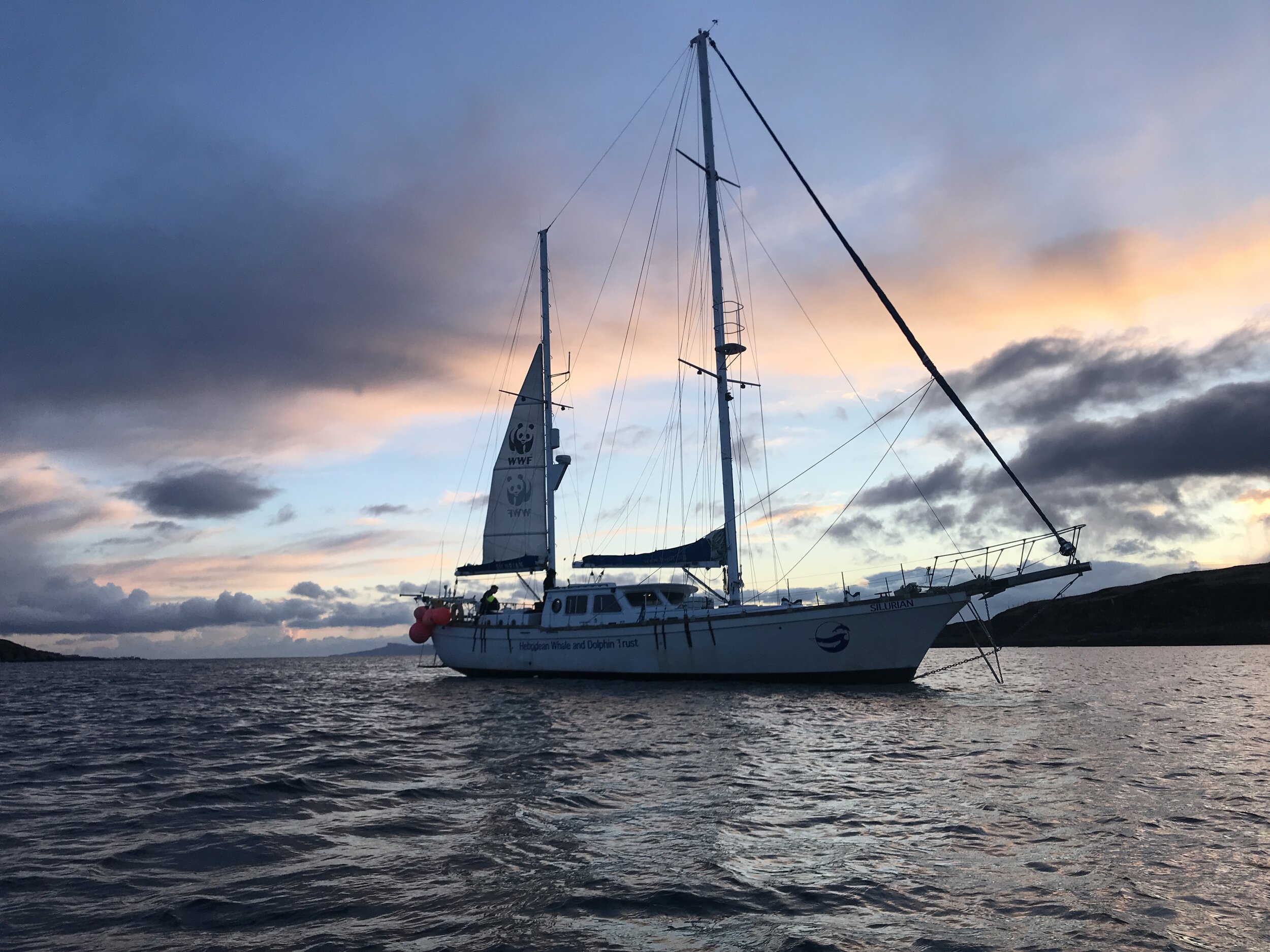Noise Beneath the Waves
Casting your eye over a calm sea, you’d be forgiven for thinking life under the water is peaceful and serene…it’s anything but! Our seas and oceans are a cacophony of sound and getting increasingly noisier, as human pressures intensify the soundscape.
Sound is a fundamental component of marine life. Whales, dolphins and porpoises – collectively known as cetaceans – have a highly developed auditory sense. This is vital for all aspects of their life: communication, social bonds, foraging and navigation. Their incredible biological sonar has allowed some species to exploit the most hostile environments on Earth, with deep divers hunting in the pitch black of the midnight zone.
Before the Industrial Revolution, sound waves in the marine environment would have been naturally produced, by animals or through environmental and geological processes. Fast forward a couple hundred years and the seas are full of man-made, or anthropogenic, noise. From the hum of a boat’s engine, to the intense blasts of sound produced by oil and gas exploration, human activity has a significant impact on the underwater soundscape.
We collect underwater recordings on board our research vessel, Silurian, using a towed hydrophone – think underwater microphone. This Passive Acoustic Monitoring plays a key role in our research, particularly as an accurate and consistent way of recording harbour porpoise. HWDT is a pioneer in the field of underwater acoustic monitoring – Silurian recorded its first cetacean sounds on a towed hydrophone back in 2002. Since then, we’ve complied a comprehensive acoustic data set comprising of over 6,000 hours (250 continuous days) of underwater recordings. These recordings are being increasingly called upon to assess the changing soundscape of the west coast marine environment.
Each year we are joined on board by enthusiastic members of the public getting directly involved in conservation. By joining a Research Expedition, participants are fully trained in species identification and data collection techniques by our fantastic crew, so no experience is required to participate. If you would like to get involved, we have live-aboard expeditions scheduled from August onwards in 2020 and the 2021 dates are also available. CLICK HERE for more info.
Our hydrophone is towed behind Silurian, collecting a range of underwater noises
In 2019, we were joined on board by David de la Haye, a contemporary musician, field recordist, sound artist and producer. David participated in a research expedition aboard Silurian and also collected his own recordings for a project called ‘Silurian – A Work In Progress’. The piece – which used a multichannel sound performance to explore the soundscapes of Scotland’s west, both above and below the waterline - captured the imagination of Newcastle University’s Institute of Creative Arts Practice who subsequently awarded David a ‘Pioneer Award’ to continue his creative research.
‘Cetacean Conservation: An Oceanic Sound Model’ is an experimental research collaboration that aims to intercept acoustic data collected by both HWDT and a live-streaming acoustic data-buoy developed by Newcastle University’s marine engineering department, seeking new approaches to marine conservation awareness.






